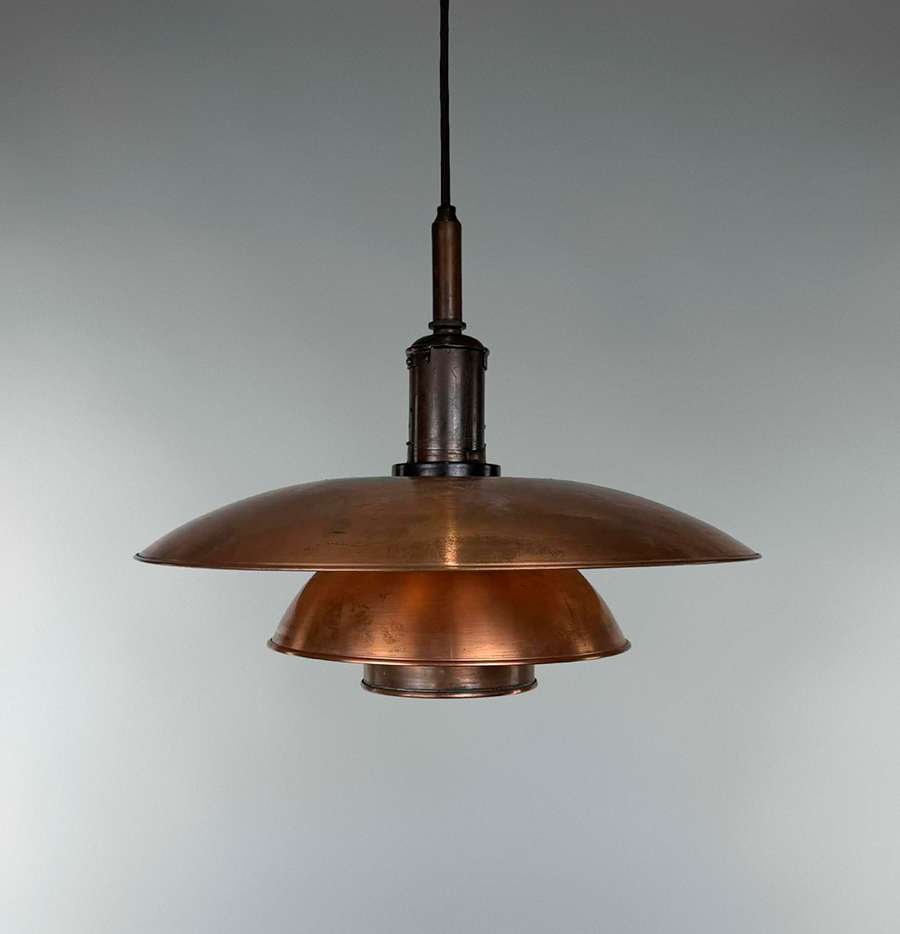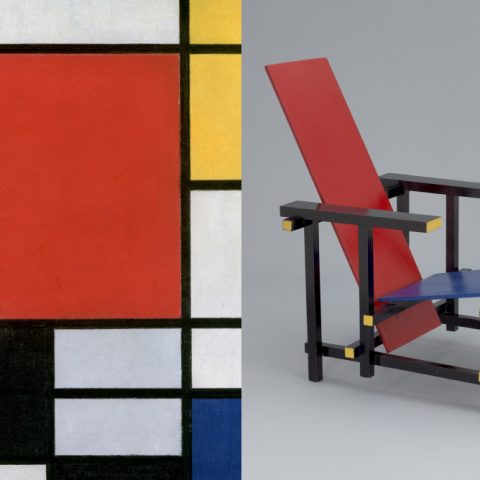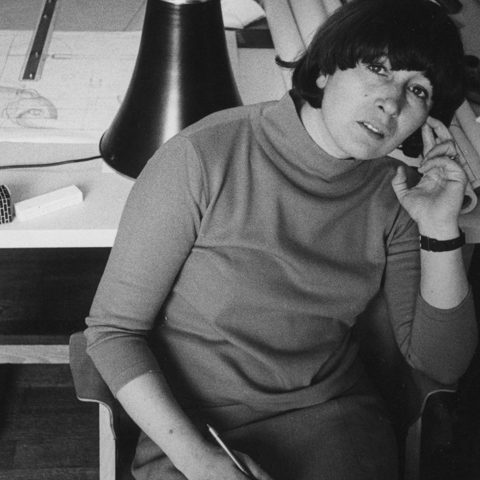Scandinavian design has a quality that transcends fashions: its ability to unite beauty and functionality with poetic naturalness. But within that universe, there is one figure who shines with his own light -literally and metaphorically-: Poul Henningsen (1894-1967), the great master of Danish design and creator of some of the most influential lamps of the 20th century.
At Setdart’s November 25 Design auction, we present an exceptional collection of original Poul Henningsen lamps, manufactured between the 1920s and 1940s. These are authentic PH lamps – not modern reissues – produced primarily by Louis Poulsen, which retain the patina, core materials and proportions that make them true icons of Nordic design.
Finding authentic examples from the 1930s and 1940s is relatively difficult today. Many original models are kept in the hands of collectors, museums or appear sporadically at auctions; when they come up for sale, they have often undergone professional restoration processes and fetch high prices. This increases the demand and rarity of certain models and finishes.
A designer who understood light as emotion
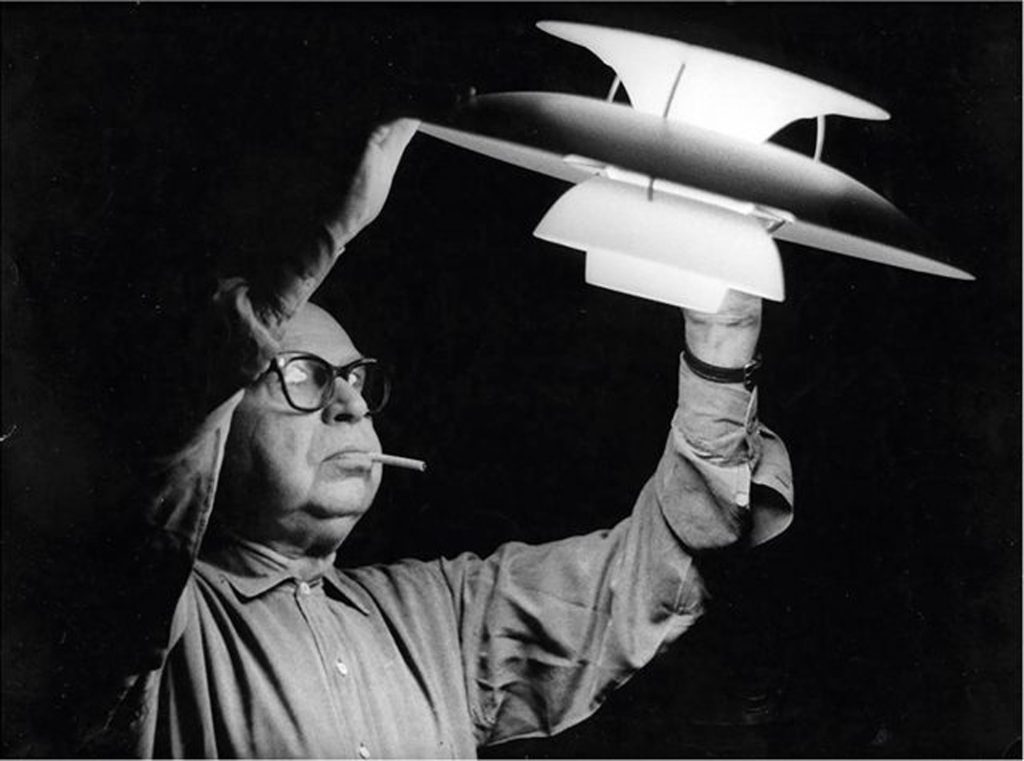
Son of the progressive writer Agnes Henningsen, Poul Henningsen grew up in an intellectual and free environment that marked his thinking. Although he began studying architecture, he soon became obsessed with a challenge that no one had solved with elegance: how to tame electric light, which at the time was cold, aggressive and soulless.
His response was masterful. In 1926 he developed his famous three-shade system, a revolutionary structure that diffuses light without glare and creates a warm, human atmosphere. It was not just a matter of illuminating a space, but of sculpting light.
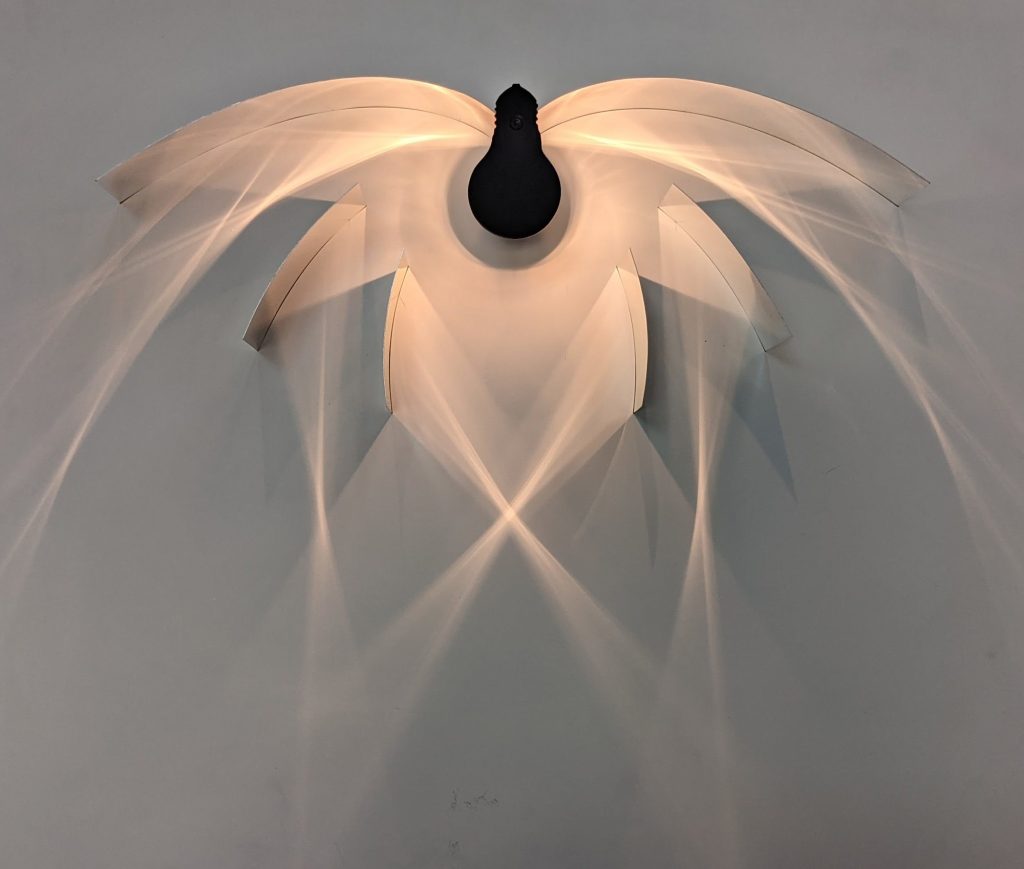
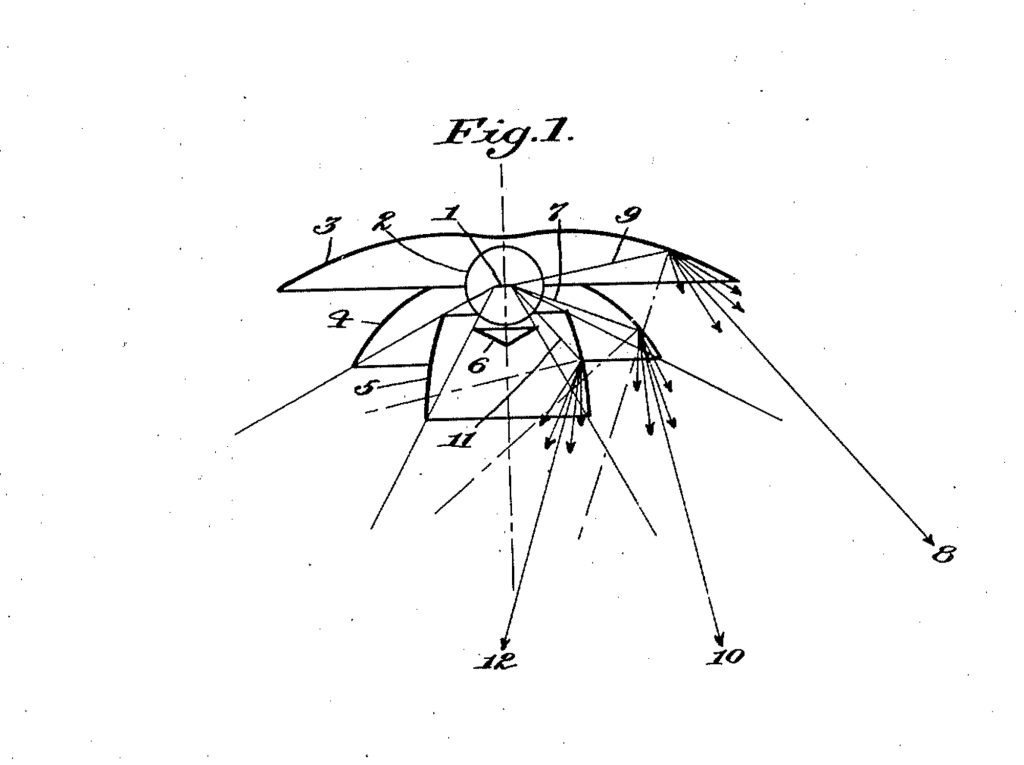
The success was immediate. At the 1925 Paris Exposition, his luminaires designed for Louis Poulsen won the Gold Medal. Since then, Poul Henningsen’s name has been linked to the history of Scandinavian design and to the aesthetic revolution that would define Danish modernism.
The first PH lamps were presented at the Forum exhibition in Copenhagen in 1926 and caused a sensation for their surprising scale: some reached a diameter of up to 85 cm at the upper shade. During the 1930s, the collection evolved with the addition of more compact models, such as the 16 cm version launched in 1933, as well as new variants in materials and finishes ranging from opal glass to metal.
Models with wider upper shades and smaller lower shades directed light primarily downward, making them particularly suitable for placement in elevated positions, providing general illumination of spaces. Many of these designs also incorporated a small bowl at the bottom, intended to prevent glare and shield the eye from the light source. This principle is still characteristic of today’s PH 5/5 lamp.
Light, form and function: the legacy that changed design
Poul Henningsen’s genius consisted in creating lamps that were perfect equations between science and poetry. Their rational structure – metal or glass shells that reflect and soften the light – was combined with an impeccable visual balance, a prelude to Nordic functionalism. As he himself stated:
We do not desire a new form, unless dictated by a new need.
From that philosophy were born models that today are true icons of modern design, reinterpreted for decades, but almost impossible to match when it comes to the original Poul Henningsen lamps.
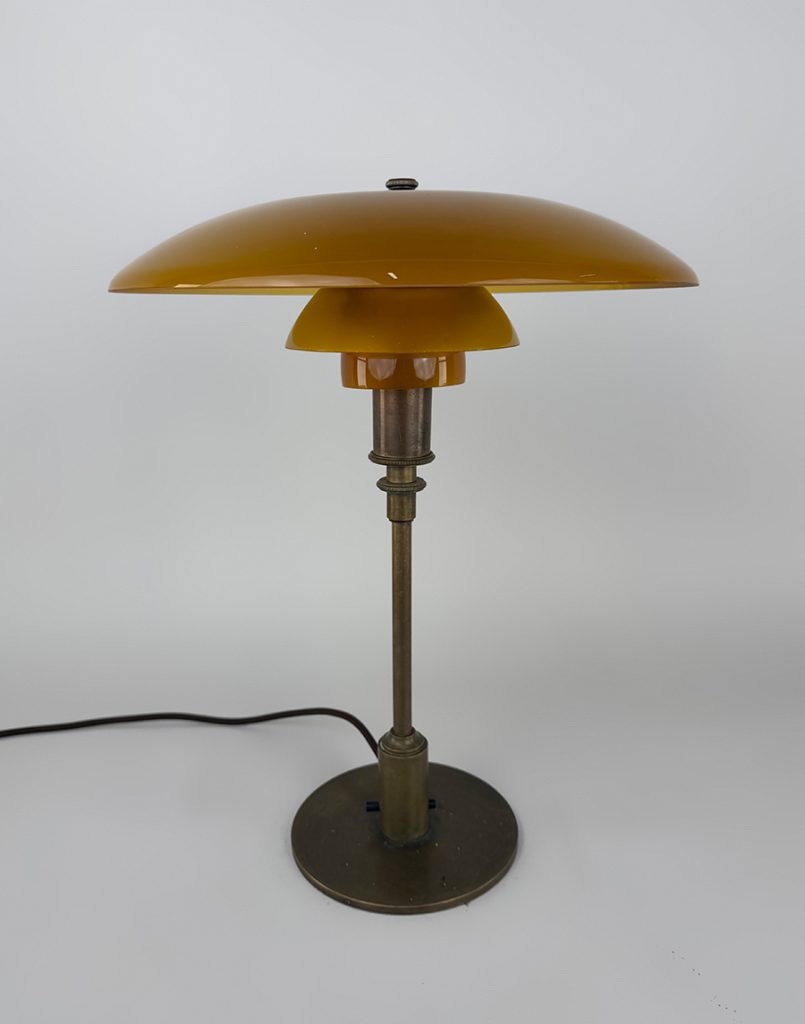
Jewels from the collection at auction
Setdart now brings together an extraordinary set of lamps by Poul Henningsen, all made between the 1920s and 1940s. Each tells its own story, and all share the conceptual purity of PH light:
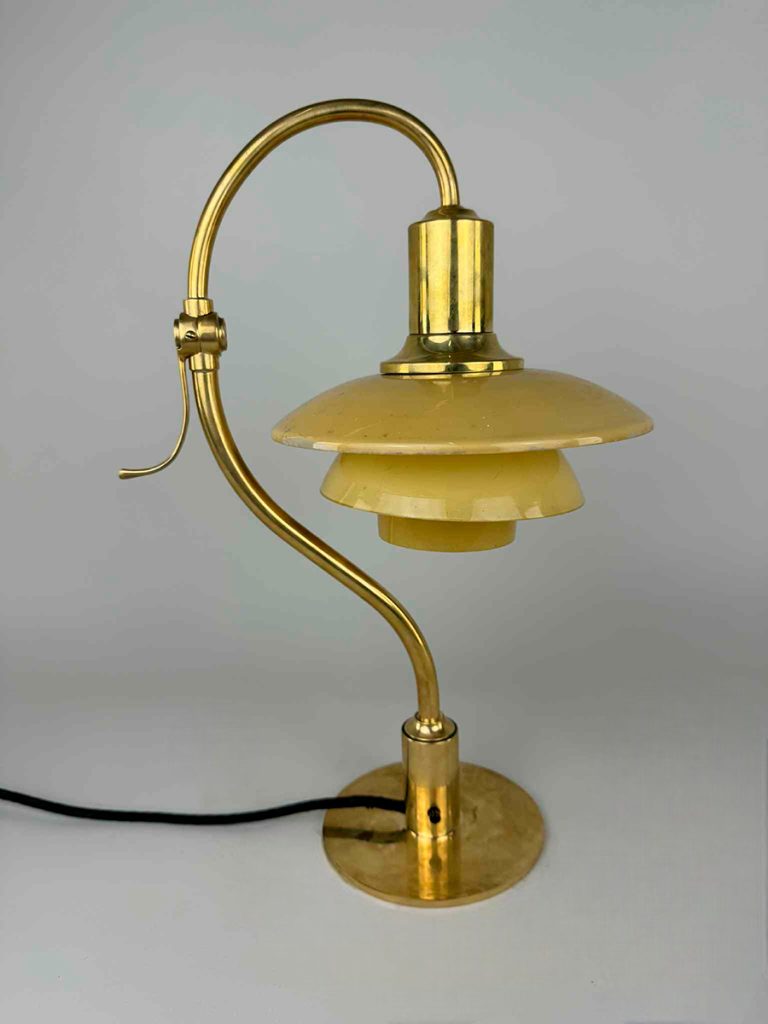
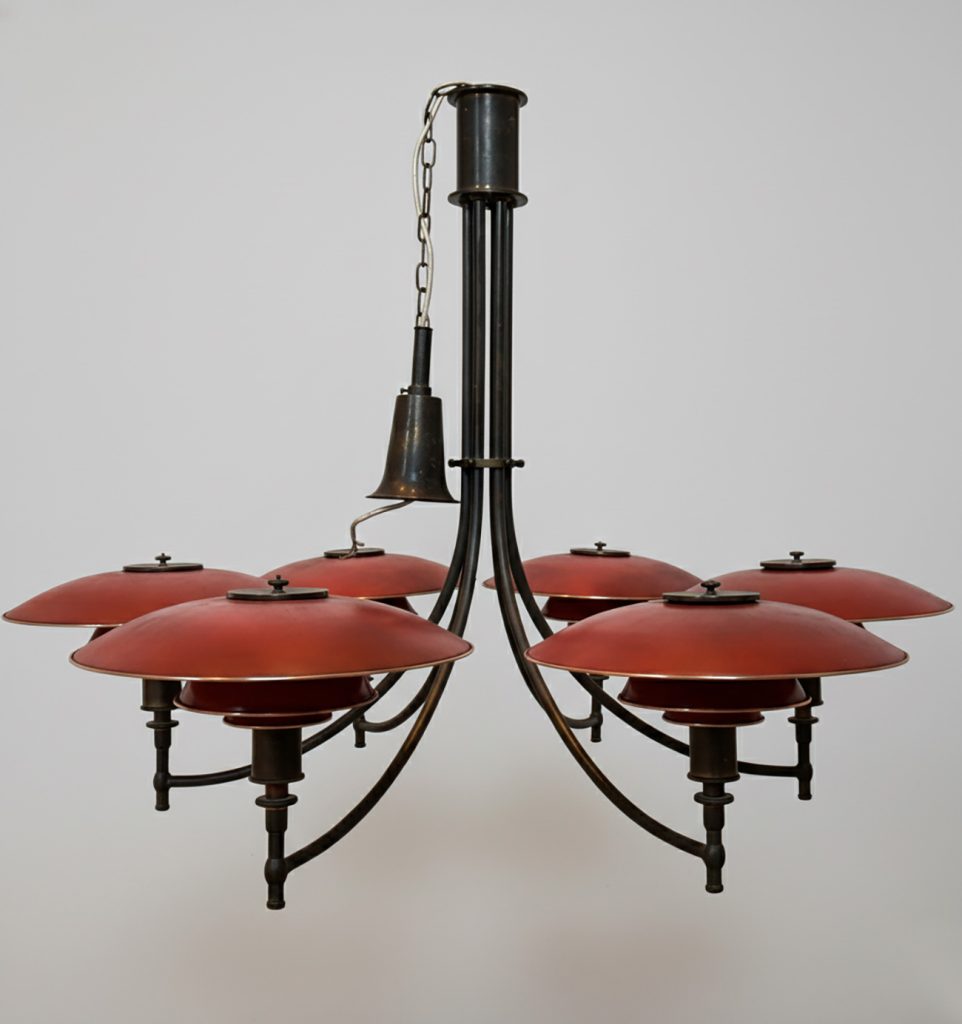
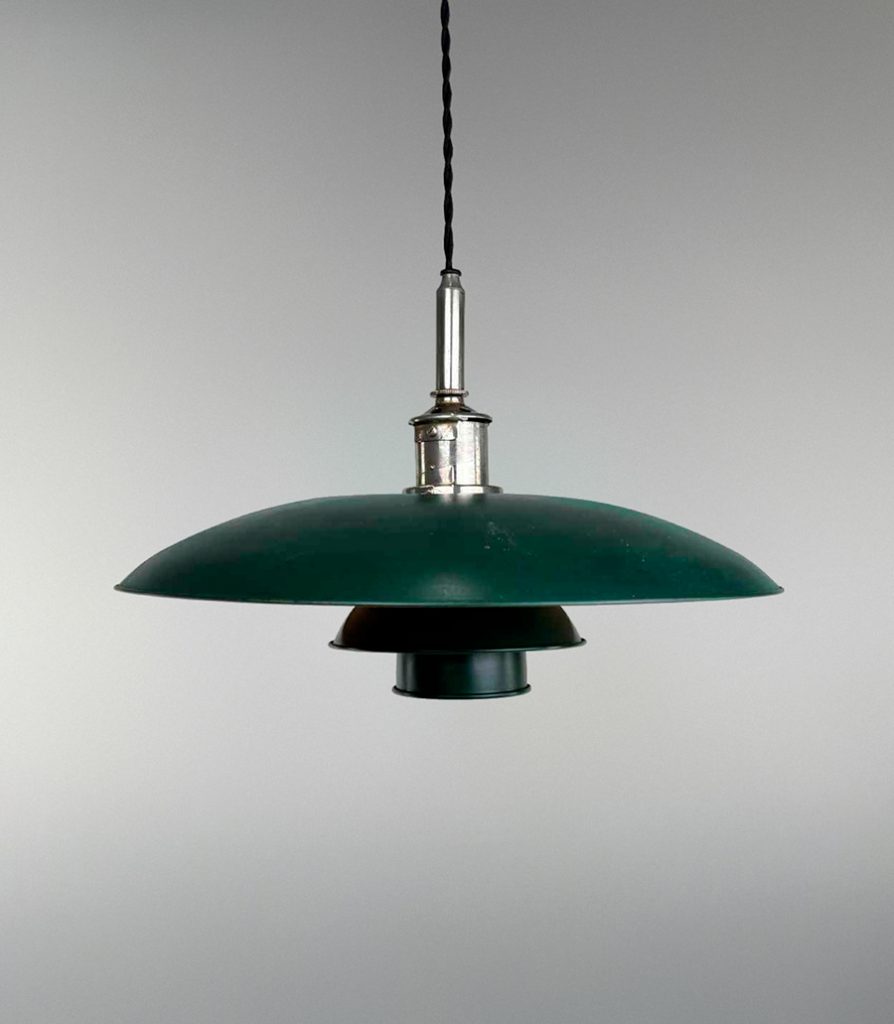
- PH 2/2 “The Question Mark”, 1930’s. Its curved arm, in the shape of a question mark, is a visual metaphor for the inquisitive spirit of its creator.
- PH 4.5/4, 1930s pendant, in copper, marked “Patented”. A design of industrial elegance with a warm glow that ages with dignity.
- PH 3.5/2 pat. appl., 1927. One of the first patented versions, testimony of the master’s technical experimentation.
- PH 4/3 pat. appl., 1927. One of the first functional series, the basis for the whole family of later models.
- Anchor Crown” 3/2 suspension, 1920s. A pioneering design that anticipates the evolution of the PH system.
- PH 5/3, 1926. Foundational model where the proportions that would mark the canon of modern light are defined.
The value of authenticity
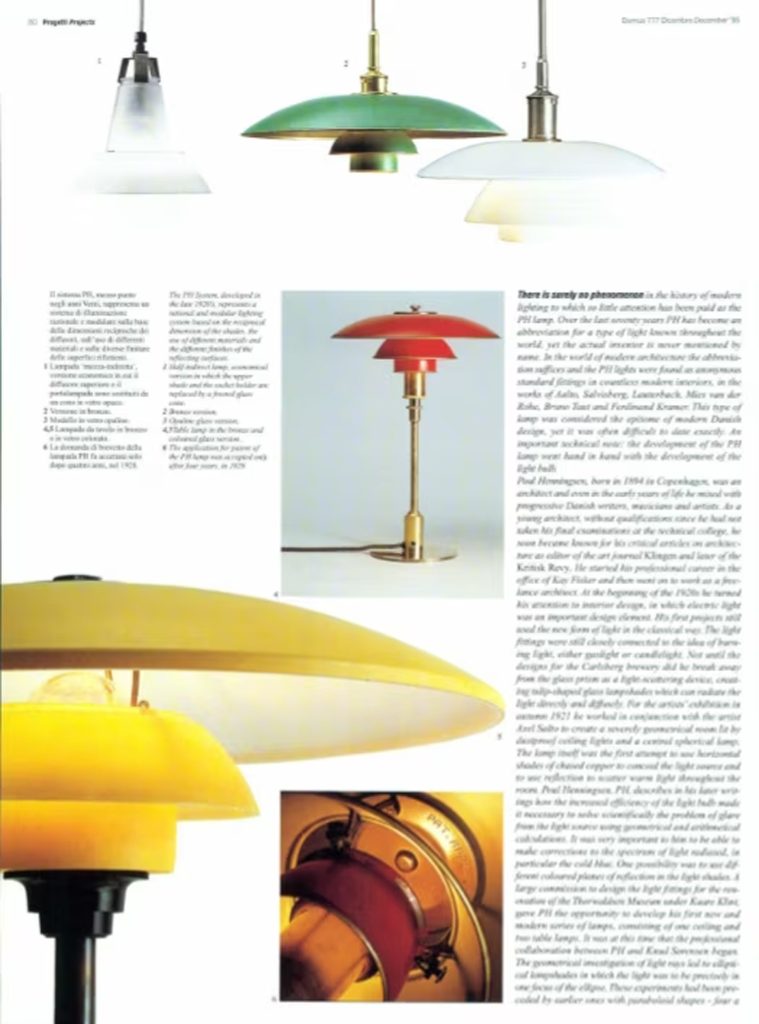

In a market with more and more reissues, Poul Henningsen’s original lamps have a heritage value that transcends aesthetics. They are material documents of modern design, witnesses to a time when Denmark built its cultural identity through light.
Each workshop mark, each patina or wear, is part of their biography. For design collectors, this authenticity – coupled with their rarity and state of preservation – makes these pieces museum pieces and solid investments in the international vintage design market.
From 1930s to contemporary design
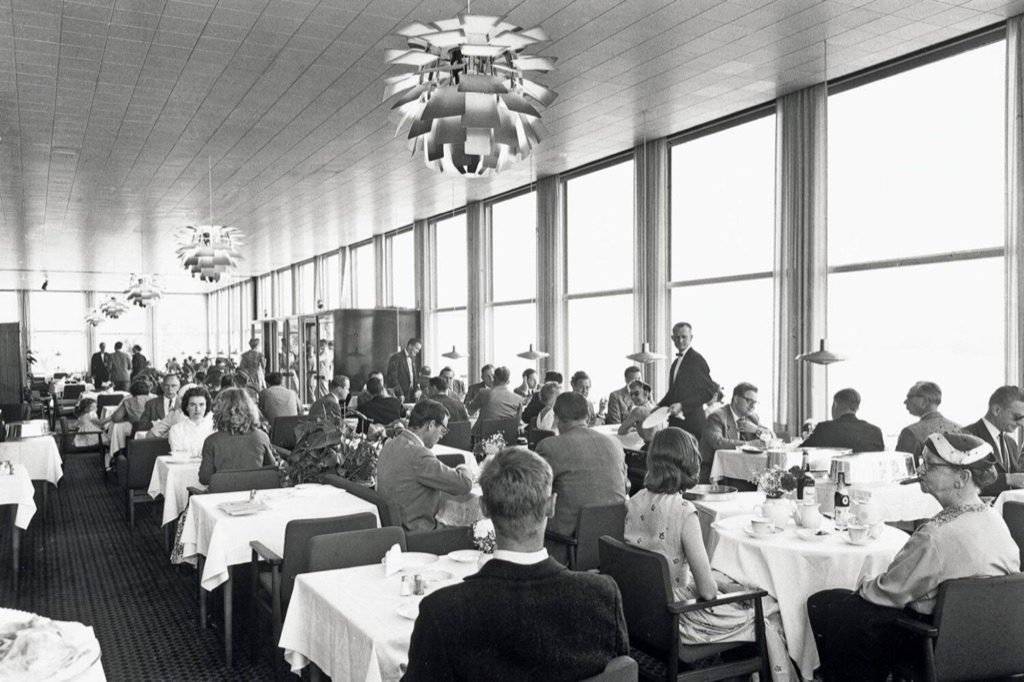
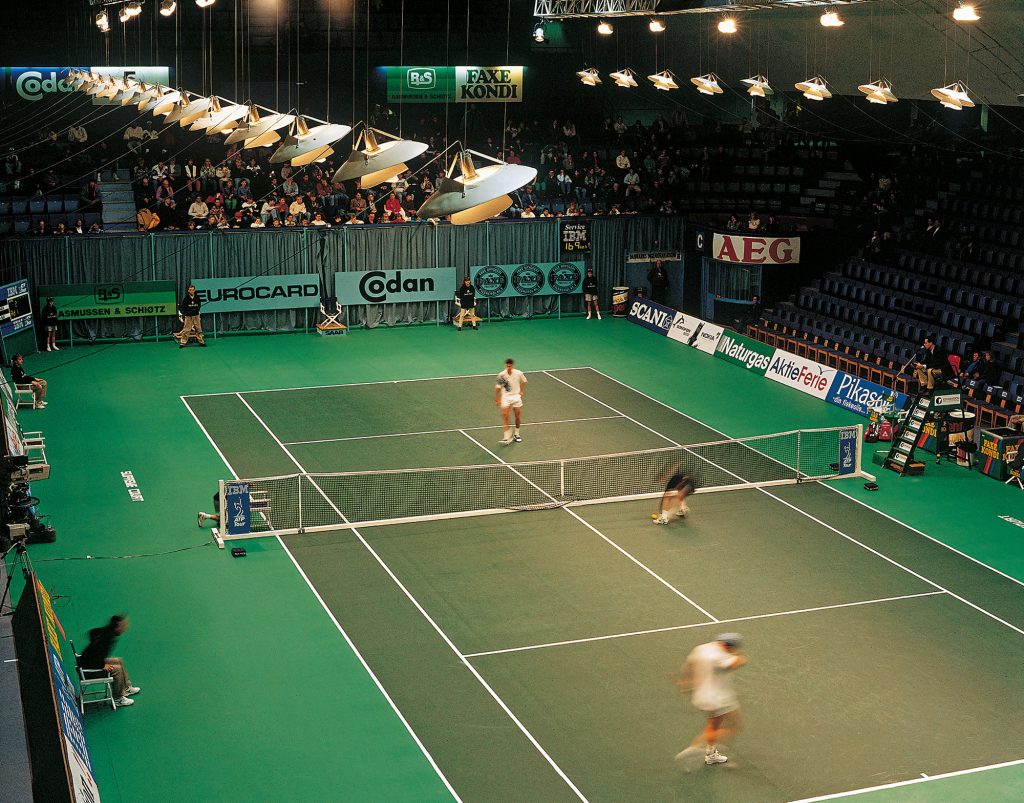
Poul Henningsen’s legacy continues to illuminate our time. His study of light influenced figures such as Arne Jacobsen or Verner Panton, and his luminaires are still present in the most prestigious contemporary interiors.
The PH aesthetic – discreet, balanced, deeply human – has made a strong comeback in the current trend towards warm and timeless spaces. Each original lamp from the 1920s or 1930s is, in fact, a lesson in modernity that has never lost its relevance.
An appointment with the history of design
Setdart’s auction on November 25 is a unique opportunity to contemplate and acquire authentic pieces by Poul Henningsen. These are not reproductions or reinterpretations: they are real fragments of the history of Nordic design, with all its symbolic, technical and emotional charge.
These lamps not only illuminate spaces: they illuminate an era. They represent the perfect union between technique, art and emotion, and continue to captivate those who understand that good design is, above all, a way of thinking.
Buy PH lamps
Explore the complete catalog at Setdart.com, discover the details of each piece and let yourself be dazzled – not by the light, but by the story behind each one. A must for lovers of design, history and timeless beauty.
Do you have PH lamps and are thinking of selling them? At Setdart you can request a free and confidential valuation. Our specialists will advise you to get the best result.
If you liked this article you may also be interested in:
Ultimate Guide: How to identify an original Pipistrello lamp


